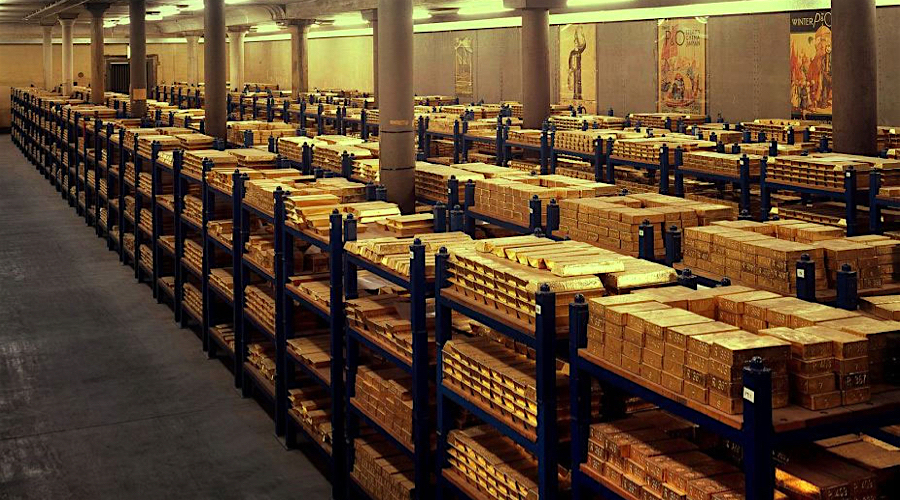
Gold on Thursday was trying to regain the $1,300 an ounce a level amid jitters about the outcome of the US elections and ahead of jobs data out on Friday that could set the pace of interest rate hikes in the world’s largest economy.
Year to date gold is up more than 20% in price, thanks mainly to investors in physically-backed gold ETFs and safe haven buying, underpinned by continuing purchases by central banks.
Year-to-date, the official sector has added 52 tonnes of gold up to end-September this year compared to over 150 tonnes during the same period last year according to the latest data from the World Gold Council (after stripping China’s once off announcement of 604 tonnes of purchases which was likely spread out over several years). Russia remains a big buyer but Venezuela’s gold sales have negatively impacted overall net purchases.
A new research note by analyst Simona Gambarini of Capital Economics argues that while official sector buying has slowed markedly in 2016 “the case for gold as a reserve asset remains strong”, particularly considering a third of global government debt now have negative yields:
In particular, we continue to expect central banks from developing economies to be the main source of demand from the official sector in the future, as they typically have much lower gold holdings as a percentage of total reserves compared to those in advanced economies.
Most developing countries still hold less than 10% of their reserves in gold, compared to 60% or more in advanced economies, partly as a holdover from the Gold Standard days. But even the European Central Bank, established long after the demise of the Gold Standard, holds around 25% of its reserves in gold.
China’s gold reserves are officially put at 1,838 tonnes which only constitutes 2.4% of its forex reserves compared to more than 75% for the United States which holds more than 8,000 tonnes of gold in vaults.
Comments
Altaf
I dont understand the straight mathematical logic regarding Russia buying gold.
Russian budget is based on 100 dollar per barrel of oil exported. Market price is less than 50. That implies that for every barrel they export, they need to bring out 50 dollars from reserves just to maintain budget expense, let alone gold buying. Russian reserves are going down at half billion per day (50 dollars per barrel over 10 million barrels per day). At this rate, they cant even support their budget next year with existing reserves.
In this situation, where Russian government finds cash to buy gold.